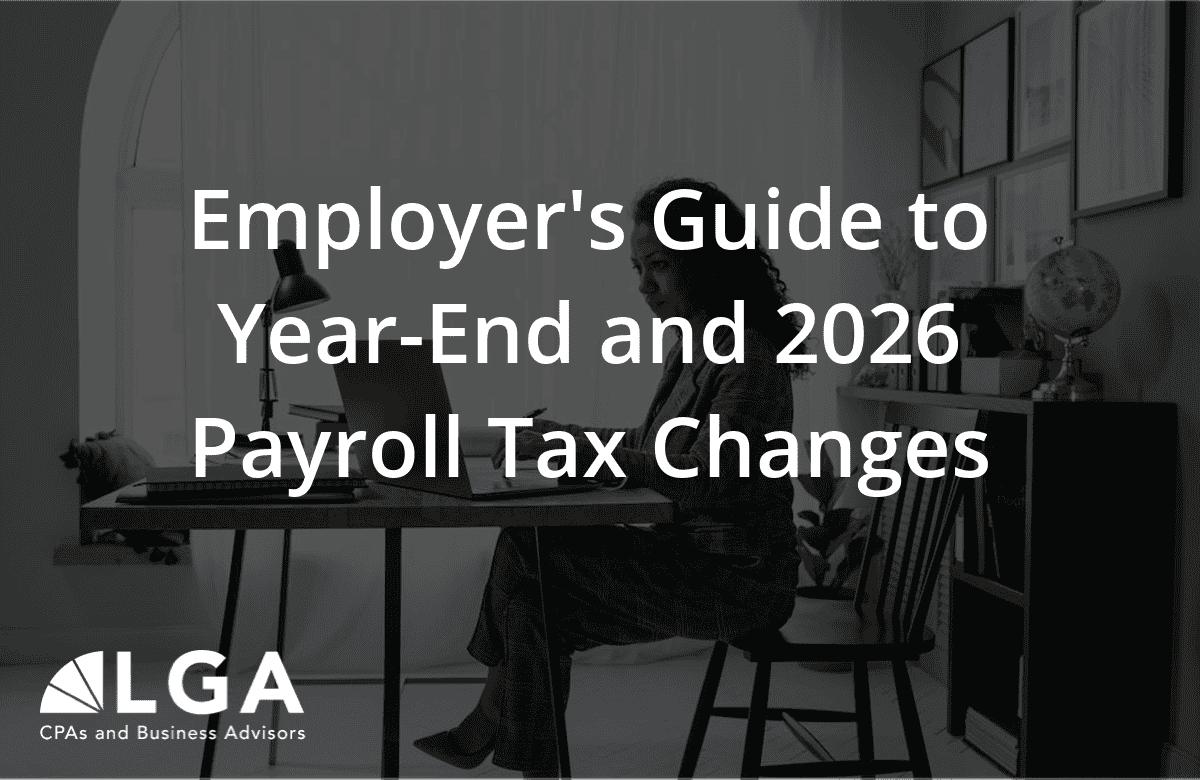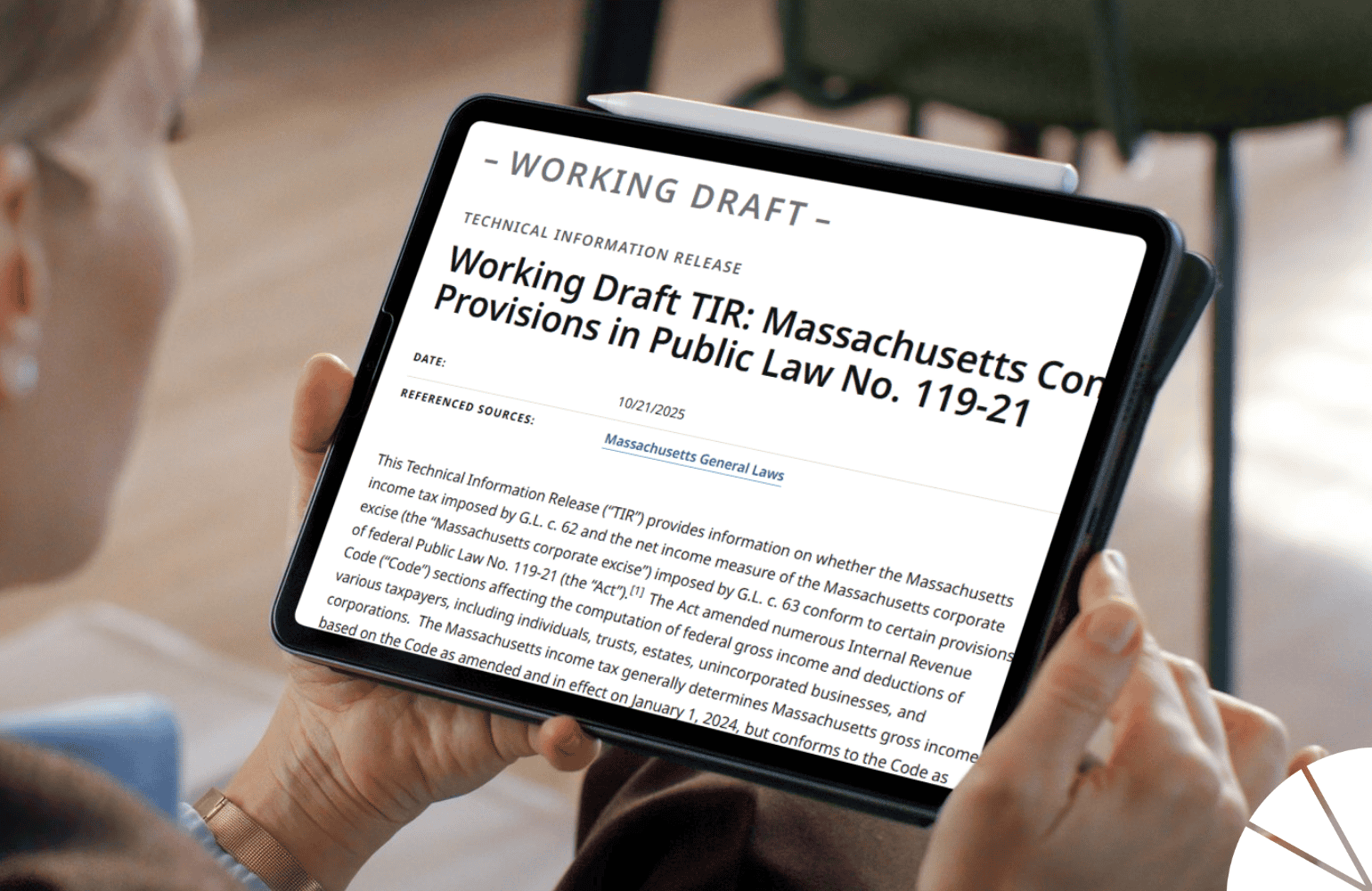
Understanding the concept of a labor burdened rate is crucial for any business owner, though it’s a term that might not be familiar to all. In essence, labor burdened rates represent the comprehensive cost of an employee to the employer. A multitude of industries reap substantial benefits from leveraging this rate. Notably, the manufacturing sector has been incorporating the Labor Burdened Rate for years, streamlining their processes of estimating, setting labor prices, and assigning costs to inventory for precise sales price calculation.
What Costs are included in a Burdened Labor Rate:
• Employee’s wages or salaries
• Payroll expenses
• Employer’s contributions towards healthcare and retirement plans of employees
• Vacation and Sick Leave entitlements
• Paid Holidays (although some businesses may prefer to exclude this from the calculation based on their budget considerations, incorporating it instead as indirect costs)
• Diverse types of Fringe Benefits
• Payroll Taxes
• Workmen’s Compensation
• Training costs (an optional inclusion)
In today’s business landscape, the implementation of labor burden rates is gaining momentum. Progressive business owners recognize the potential for maximizing productivity and curbing costs. After all, knowing the true cost of an employee is an integral part of effective financial management. It’s important to remember, though, that Labor Burdened Rates can vary, influenced by factors such as industry type, geographical location, employee classification, and the specific benefits offered by the employer.
What exactly is the labor burden rate?
It’s the cumulative cost that employers bear for each working hour of their employees. Labor Burdened rates can be calculated individually for each employee to assess their contribution to profitability or evaluated at a more holistic company level.
Who uses labor burden rates?
Traditionally, labor burden rates have been a staple in the manufacturing sector, capturing costs linked to inventory handling, shipments, assembly, and more. These costs are then attributed to the finished product. By integrating the burdened labor rate into a product’s cost, manufacturing industries can make informed decisions about the ideal selling price. Similarly, construction sectors often add a markup to the burdened labor rate, utilizing it to prepare proposals or estimates. This strategic application helps businesses forecast estimates, devise customer proposals, and determine pricing structures.
In recent years, the burdened labor rate has garnered attention in professional services firms, proving useful for job costing and pricing structures. I’ve successfully deployed these rates in a diverse array of industries, from IT to biopharmaceutical companies. Despite its benefits, the practice isn’t as widespread as it could be.
How is the labor burden rate calculated?
The calculation of the labor burden rate can be customized for each employee, which means you could have distinct burden rates for each member of your team. The formula involves dividing an employee’s Indirect Costs (consisting of fringe benefits, payroll taxes, worker’s compensation, holidays, and paid time off) by their Direct Payroll Costs (salary/wages including overtime). This calculation gives an additional amount to consider alongside the employee’s hourly rate. Personally, I recommend converting all employee rates to an hourly basis, calculating the associated costs, and then determining a new, comprehensive hourly rate per employee.
Alternatively, a more generalized calculation can be made by dividing the total Indirect Costs by the total Direct Costs, and adding the resulting ratio to the hourly wages. This offers a broader perspective and simplifies the process. However, it’s important to note that this might lead to variations in the overall labor burdened rate due to differing burdened labor costs among employees.
At LGA, we employ a time-tested template for such calculations. All employees are added to the template, and then we incorporate all health, dental, vision, life, disability, workmen’s compensation costs, retirement plan match, holidays, paid time off, and payroll tax rates, as well as any wage limitations tied to the type of tax. Depending on the client, training costs may also be considered.
Keep in mind that an employee’s labor burden rate isn’t a static number—it changes as insurance costs or wages fluctuate. Hence, for businesses using these rates, it’s prudent to revisit and update them annually, if not more frequently.
What are the benefits of using labor burden rates?
The primary benefit for businesses is that they can set prices that truly reflect their job costs. This rate can provide key insights into the profitability of a job or a product sale. It also acts as a barometer to gauge whether expanding the workforce is financially viable.
On an individual level, the labor burden rate can serve as a benchmark to evaluate an employee’s performance and profitability. It can aid in customizing compensation and benefit plans for each employee. Furthermore, it shines a light on the cost-effectiveness and profitability of each job.
Do you know what your employees really cost you?
Have you ever wondered about the true cost of your employees? Calculating labor burden rates is a potent tool at your disposal, one of many ways that LGA’s Outsourced Managed Accounting team can empower you to better interpret what your business’s numbers mean. If you’re keen on delving deeper into your labor and job costs, I’m here to answer any questions. Contact me today!






